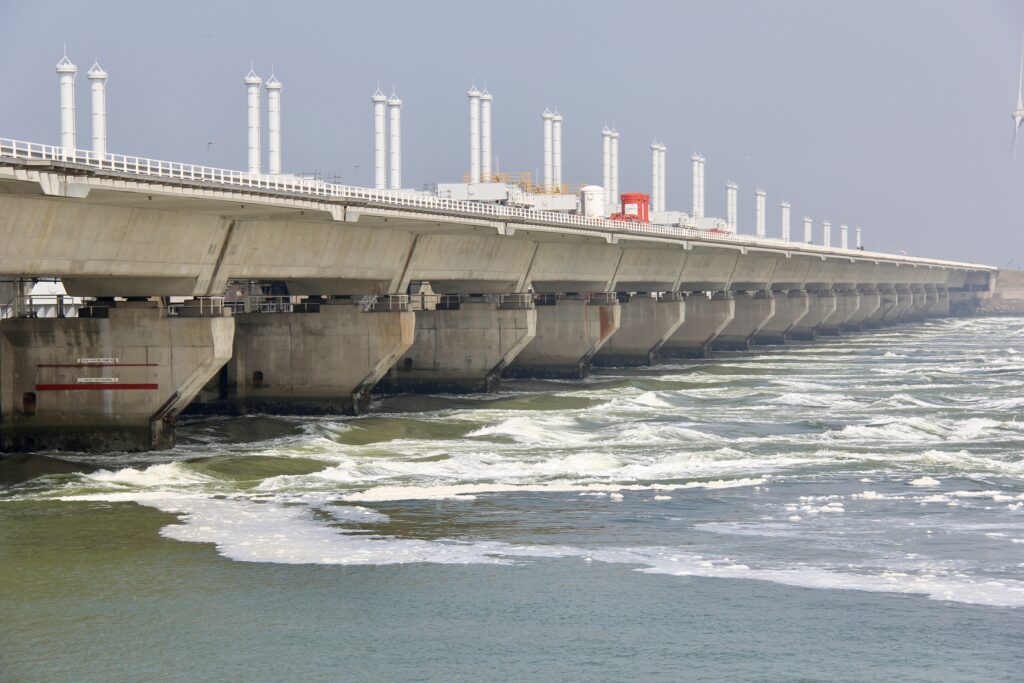Kinderdijk is a village on the River Noord 107km south of Amsterdam and took us a little more than an hour to reach.
The Windmills of Kinderdijk – Has the largest collection of preserved historic windmills in the Netherlands. On the river Noord, the famous village of Kinderdijk (“Children’s Dike”), takes its name from an incident during the St. Elizabeth’s Day flood of 1421 after a child’s cradle had been stranded on the dike. This UNESCO World Heritage Sites, has 19 well preserved windmills, built between 1722 and 1761, and are the largest surviving concentration of windmills in the Netherlands. We bought tickets ahead of time to visit the windmills.



You can check out the inside of one of the windmills with the ticket. The living room is a multifunctional room it’s also a kitchen and bedroom for the parents.
The bedrooms for the children are located on the second floor and are closet beds. The doors in front of the closet beds will keep you warm in winter time, when its freezing.


Delta Works: Zeeland Dams and Dikes – Netherlands literally means “lower countries” in reference to its low elevation, with one third of it situated below sea level. These areas are therefore reliant upon impressive dikes, as well as modern flood prevention techniques. As you travel the area, you’ll see evidence of the mega-engineering project known as the Delta Works. Consisting of dams, sluices, locks, dikes, and storm-surge barriers, this US$7 billion project has been declared one of the Seven Wonders of the Modern World.
One of the structures that forms part of the Zeeland Delta Works is the Eastern Scheldt Storm-Surge Barrier – or, Oosterscheldekering. And in the middle of that sits the manmade island of Neeltje Jans. It took us an hour to drive up to this place from Kinderdijk. We first watched a film presentation about how the North Sea Flood wiped out part of the Netherlands. We then went on a tour of the delta works with a guide who gave us information about the history of this engineering marvel.




Keukenhof – Also known as the Garden of Europe, it is a 45 min drive from Amsterdam and one of the world’s largest flower gardens covering an area of 32 hectares (79 acres). Approximately 7 million flower bulbs are planted in the gardens annually. While it is widely known for its Tulips, Keukenhof also features numerous other flowers, including hyacinths, daffodils, lilies, roses, carnations, and irises. The best time to visit this place is April 15 – May 10th or so. The garden is open every year from end of March to second or third week of May.

